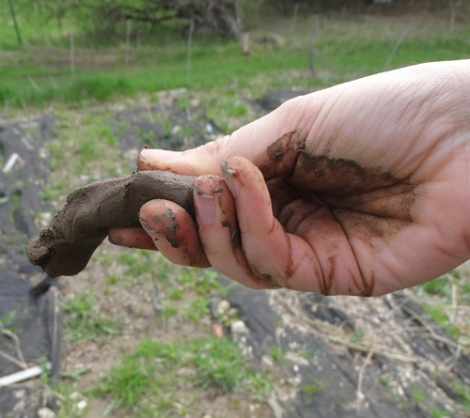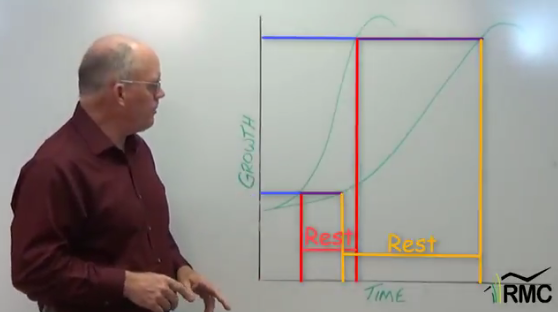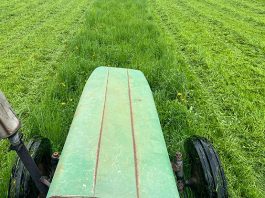

Texture is one of the most important properties of a soil, and it greatly affects forage production, land use, and management. Soil texture is directly related to nutrient retention and drainage capabilities. This simple test will give you a real “feel” for what you have.
Get a golf ball size of soil in one hand, wetting it slightly as you knead it. Make sure it is well mixed in your hand. If you don’t mix it completely, little clumps of silt and clay may stick together, fooling you into thinking that they are really grains of sand.
While you are working on this ball of soil, gauge its stickiness and how easy it is to knead. Does it feel rough and gritty, suggesting a fair bit of sand, or smooth and silky, as though it has a lot of silt? Hold it to your ear and rub the soil between your fingers. Do you hear a grinding sound?
Now you can try and squeeze a ribbon from the soil, using your thumb to push soil over your forefinger. The longer the ribbon, the more clay is present.
Answer these questions to see what your soil texture is:
- Can you form a cohesive ball with the soil? No: sand.
- Can you form a ball, but not a ribbon? Yes: loamy sand.
- Does the ribbon break at less than an inch and
- Soil makes a grinding sound and has a gritty feel? Yes: sandy loam.
- Soil feels smooth and floury, with no grinding sound? Yes: silt loam.
- Soil is a bit gritty, but no grinding sound? Yes: loam.
- Is the soil medium sticky, and forms a 1-2 inch ribbon and
- Soil makes a grinding noise, with a gritty feel? Yes: sandy clay loam.
- Soil feels smooth and floury, with no grinding sound? Yes: silty clay loam.
- Soil is only slightly gritty and has no grinding sound? Yes: clay loam.
- Is the soil pretty darn sticky and firm, and makes a good size ribbon of 2 inches or more and
- Has a grinding sound and grittiness? Yes: sandy clay.
- Has a smooth, floury feel and no grinding sound? Yes: silty clay.
- Has a slight bit of grittiness, but no grinding sound? Yes: clay.
Now let’s take a look at what that means to you.
What you’re “feeling” for as you try to make a ribbon from your soil are “soil separates,” the bits of sand, silt loam or clay that make up your soil. This illustration from a Virginia Tech fact sheet gives you an idea of the comparative sizes of each type of separate.

That size is what contributes to the soil’s ability to hold or shed water and nutrients.
Sandy Soils:
Sandy soils drain quickly and because of that, they lose more nutrients through leaching. They warm faster in the spring and tend to have a low pH and are acidic.
Silty Soils:
These medium-textured soils are fairly well drained, but do hold more water than sandy soils. Silty soils tend to compact easily when moist and form crusts when wet.
Clay Soils:
These are fine-textured soils that tend to drain water slowly and, because they hold more moisture, the warm more slowly in the spring. That means green up may be delayed. They compact easily if trampled when wet and are very hard when dry.
Loams:
These medium-textured soils tend to include fairly equal amounts of sand, silt and clay and are easy to work . They’re often considered the best type of soil, but, as you can see above, it’s capabilities may change based on whether it is a sandy loam, a silty loam or a clay loam.
Finally, here’s the soil textural triangle from the Natural Resources Conservation Service that describes what you just learned. I find it challenging to read a graph like this, but for some folks it’s a breeze. So test out your skills!

Want to learn more about your soil? The Web Soil Survey can tell you what soil you have and even how much forage it will produce. Check it out!



